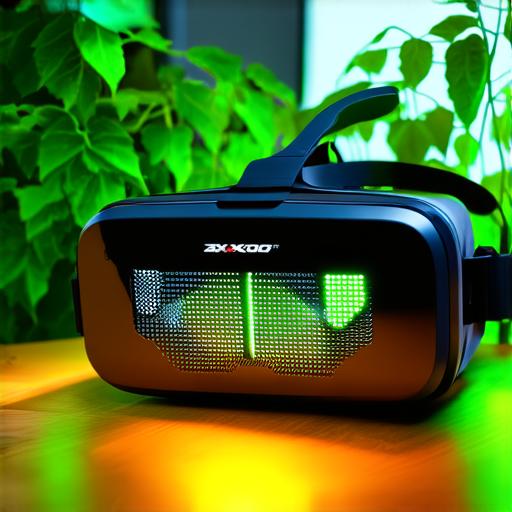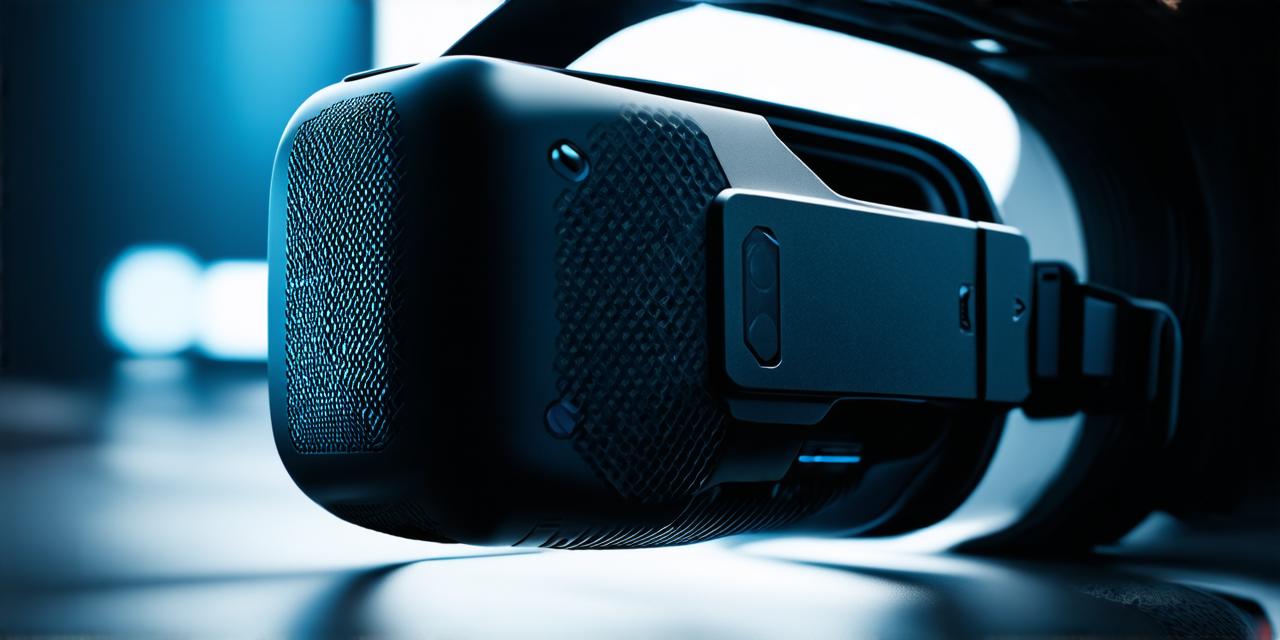Title: The Origins of Virtual Reality and Augmented Reality: A Historical Overview for Virtual Reality Developers
Virtual reality (VR) and augmented reality (AR) are two of the most promising technologies in the world today. They have revolutionized the way we interact with digital content, making it possible to immerse ourselves in virtual environments and enhance our real-world experiences. But where did these technologies come from? In this article, we will explore the origins of VR and AR, tracing their development from the early days to the present day.
The Beginnings of Virtual Reality: A Brief History
Virtual reality technology has its roots in the field of computer science, with researchers first exploring the possibilities of immersive computing in the 1960s. One of the earliest VR systems was called the “Sword of Damocles,” which was developed by Ivan Sutherland at MIT in 1968. The system used a head-mounted display to project a 3D image into the user’s field of view, creating an illusion of being in a virtual world.
Another pioneering researcher in the field of VR was Jaron Lanier, who developed the “EyePhone” in 1974. The device used a head-mounted display and stereoscopic lenses to create a more realistic sense of depth and movement. In the 1980s, researchers at the University of Illinois developed the “Cylindrical Display,” which projected a 360-degree image onto a cylinder, allowing users to look around and explore a virtual environment.
The Emergence of Augmented Reality: A New Way of Seeing the World
While VR technology focused on completely immersing users in virtual worlds, augmented reality (AR) took a different approach. AR technology involves overlaying digital information onto the real world, allowing users to see and interact with both physical and digital objects simultaneously.
The concept of AR can be traced back to the 19th century, when artists and scientists began experimenting with ways to enhance their perceptions of the world around them. One of the earliest examples of AR was the “Kaleidoscope,” which used mirrors and prisms to create an ever-changing pattern of colors and shapes.
In the 20th century, researchers at the University of Illinois developed the “Head-Mounted Display” (HMD), which projected digital images into the user’s field of view. This technology laid the groundwork for modern AR systems, which use advanced computer vision algorithms to track the user’s position and orientation in the real world, allowing them to interact with digital objects in a more natural and intuitive way.
Case Studies: Real-World Applications of VR and AR Technology
Virtual reality and augmented reality technology have already found numerous applications in a variety of fields, from gaming and entertainment to medicine and education. Let’s look at some examples:

- Gaming and Entertainment: Virtual reality has revolutionized the gaming industry, allowing players to fully immerse themselves in fantastical worlds and interact with characters in ways that were previously impossible. AR technology has also been used to create interactive games and experiences that blend real-world environments with digital content.
- Medical Training: VR technology has been used to develop realistic simulations of surgical procedures, allowing medical students and professionals to practice their skills in a safe and controlled environment.
- Education: VR technology has been used to create immersive learning environments that allow students to explore historical sites, scientific concepts, and other subjects in a more engaging and memorable way. AR technology has also been used to create interactive textbooks and educational games that enhance the learning experience.
